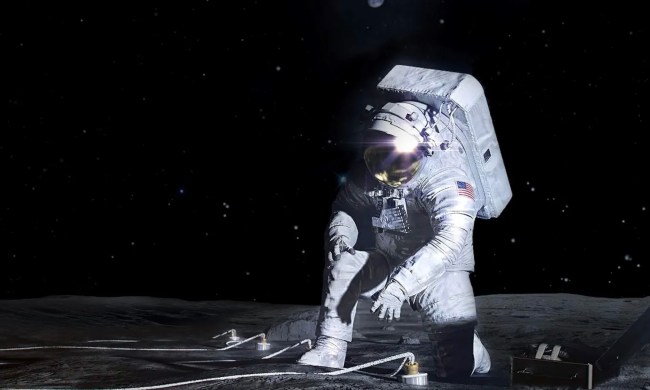NASA has had an extraordinarily busy 12 months, and many of its activities are showcased in a video (below) released by the agency this week.
“2021 was the busiest year yet for NASA in low-Earth orbit,” the agency said in a message posted with the video. “We also made progress preparing for a flight test around the moon, and had a very active year exploring space, studying Earth, testing technologies for next-generation aircraft, and much more.”
NASA’s 11-minute presentation highlights both current and future missions, beginning with the unforgettable moment in February when its Perseverance rover was confirmed to have reached the surface of Mars and the astonishing footage of the landing that followed a short while later.
The Mars mission’s plucky Ingenuity helicopter rightly gets a mention, too, for becoming the first aircraft to perform powered, controlled flight on another planet, a feat it performed in April.
Science missions launched to deep space included the first spacecraft to visit Jupiter’s Trojan asteroids, and a planetary defense test that will see the DART spacecraft attempt to alter the path of an asteroid by crashing into it.
The James Space Webb Space Telescope, which is set to launch this weekend on a multiyear mission exploring the universe, also appears in NASA’s video.
Current missions performing mind-blowing firsts include the Parker Solar Probe, which recently “touched” the sun, becoming the first human-made object to fly though the sun’s upper atmosphere, known as the corona.
NASA’s planet-hunting Transiting Exoplanet Survey Satellite (TESS) has also been hard at work, helping to discover a trio of hot worlds orbiting a younger version of our sun.
Closer to home, the video also touches on the agency’s newly announced Earth System Observatory missions that will help steer efforts linked to dealing with climate change and natural disasters, among other challenges facing our planet.
Prominent in the presentation is the work of the International Space Station (ISS), which NASA said experienced its busiest year since 2011 while also marking the 21st consecutive year of humans living and working in space.
The return of the SpaceX’s Crew-1 mission in May marked the completion of the first operational commercial crewed flight to the ISS, and restored crewed launches and landings to the U.S. after a decade-long gap following the end of the Space Shuttle program in 2011.
Looking to future crewed missions to the moon and possibly beyond, NASA recently introduced 10 new astronaut candidates who will now embark on a challenging training program.
These are just some of the many things NASA achieved in 2021. Be sure to watch the video for the full rundown.

